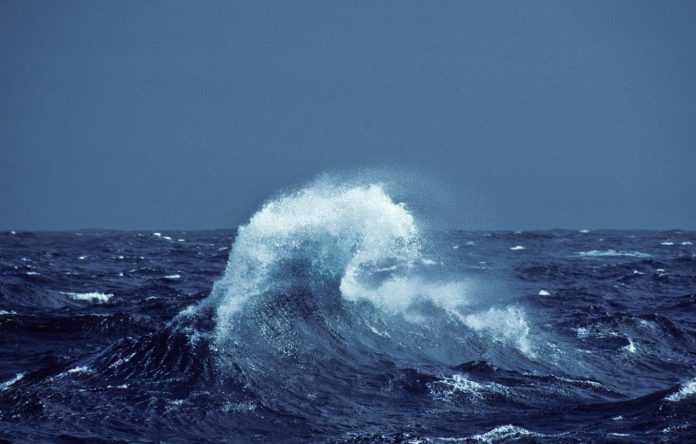Scientists have discovered that ocean waves may become far more extreme and complex than previously imagined.
The new study, published in Nature today, reveals that under specific conditions, where waves meet each other from different directions, waves can reach heights four times steeper than what was once thought possible.
It has often been assumed that waves are two-dimensional and understanding of wave breaking to-date has been based on these assumptions. Yet in the ocean, waves can travel in many directions and rarely fit this simplified model.
New insights by a team of researchers, including Dr Samuel Draycott from The University of Manchester and Dr Mark McAllister from the University of Oxford, reveal that three-dimensional waves, which have more complex, multidirectional movements, can be twice as steep before breaking compared to conventional two-dimensional waves, and even more surprisingly, continue to grow even steeper even after breaking has occurred.
The findings could have implications for how offshore structures are designed, weather forecasting and climate modelling, while also affecting our fundamental understanding of several ocean processes.
Professor Ton van den Bremer, a researcher from TU Delft, says the phenomenon is unprecedented: “Once a conventional wave breaks, it forms a white cap, and there is no way back. But when a wave with a high directional spreading breaks, it can keep growing.”
Three-dimensional waves occur due to waves propagating in different directions. The extreme form of this is when wave systems are “crossing”, which occurs in situations where wave system meet or where winds suddenly change direction, such as during a hurricane. The more spread out the directions of these waves, the larger the resulting wave can become.
Dr Sam Draycott, Senior Lecturer in Ocean Engineering at The University of Manchester, said: “We show that in these directional conditions, waves can far exceed the commonly assumed upper limit before they break. Unlike unidirectional (2D) waves, multidirectional waves can become twice as large before they break.”
Professor Frederic Dias of University College Dublin and ENS Paris-Saclay, added: “Whether we want it or not, water waves are more often three-dimensional than two-dimensional in the real world. In 3D, there are more ways in which waves can break.”
Current design and safety features of marine structures are based on a standard 2D wave model and the findings could suggest a review of these structures to account for the more complex and extreme behaviour of 3D waves.
Dr Mark McAllister from the University of Oxford and Wood Thilsted Partners said: “The three-dimensionality of waves is often overlooked in the design of offshore wind turbines and other marine structures in general, our findings suggest that this could lead to underestimation of extreme wave heights and potentially designs that are less reliable.”
The findings could also impact our fundamental understanding of several ocean processes.







